
Fourth National Climate Assessment: Chapter 21: The Midwest
“The Midwest is a major producer of a wide range of food and animal feed for national consumption and international trade. Increases in warm-season absolute humidity and precipitation have eroded soils, created favorable conditions for pests and pathogens, and degraded the quality of stored grain. Projected changes in precipitation, coupled with rising extreme temperatures before mid-century, will reduce Midwest agricultural productivity to levels of the 1980s without major technological advances…”
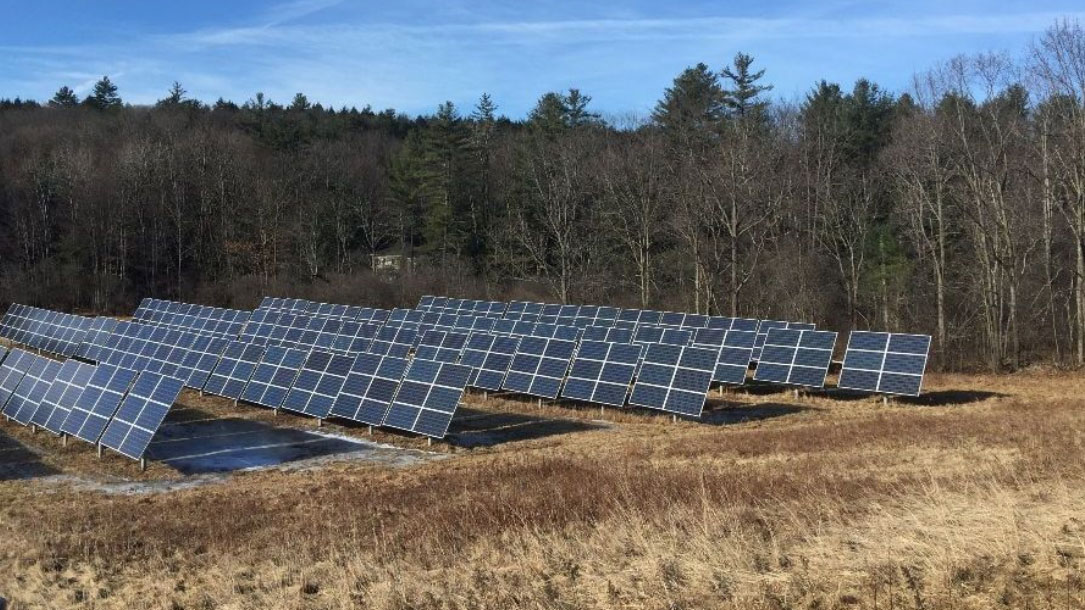
The next money crop for farmers: Solar panels
“There’s enough energy produced to run the whole complex,” said DeBaillie, 50, who farms 6,500 acres with his brother and cousin. They typically grow corn and soybeans each spring, but this year they want to put more solar panels on 15 acres—and sell the energy.
The earnings, he said, would be about three times what an average harvest would yield there.
According to the federal government’s Fourth National Climate Assessment, released in November, more extreme high temperatures plus increased humidity and precipitation could mean more pests and pathogens on farms throughout the Midwest in the coming decades. Productivity could drop to levels not seen since the 1980s, the report warned…

Climate change makes farming harder
Climate change is increasing a risk to farm and ranch survival, given extreme weather, blights, water challenges, and changes in soil. That’s one of the reasons why farmers are embracing renewable energy to help buffer potential losses and help restore the land.
The Young Farmers Coalition speaks here with Yale Climate Connections about what this means to young farmers. This could be something you could share with folks who care about farming and farmers, with a link to how they can slow down climate change. This is short—probably even too short—but it’s a good snippet.
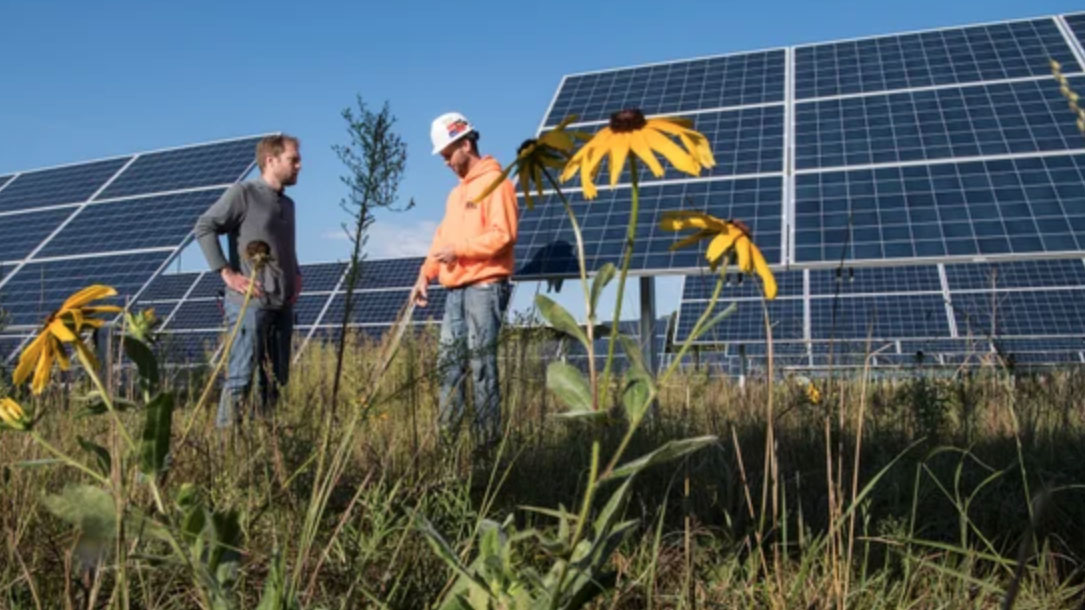
Solar farms shine a ray of hope on bees and butterflies
The tidy rows of gleaming solar panels at Pine Gate Renewables facility in southwestern Oregon originally sat amidst the squat grasses of a former cattle pasture. But in 2017 the company started sowing the 41-acre site with a colorful riot of native wildflowers.
The shift was not merely aesthetic; similar projects at a growing number of solar farms around the country aim to help reverse the worrying declines in bees, butterflies, and other key pollinating species observed in recent years…

Renewables investment nudges out fossil fuel and nuclear
“The global clean energy transition is gaining pace as it becomes a mainstream investment option. According to the latest research from CERES on progress to a ‘Clean Trillion’ it is also one that far outstripped fossil fuels and nuclear in 2017.
In 2017 the clean energy industry reached a critical turning point. Growth and cost reductions across the sector have far outperformed expectations based on policy frameworks alone. Dramatic reductions in cost, increases in scale, and technology improvements have fundamentally changed the dynamics of the clean energy market. Energy market dynamics have shifted in favor of clean energy technologies such as wind and solar, which increasingly out-compete new fossil fuel and nuclear power sources…”

Planet has only until 2030 to stem catastrophic climate change, experts warn
“Governments around the world must take “rapid, far-reaching and unprecedented changes in all aspects of society” to avoid disastrous levels of global warming, says a stark new report from the global scientific authority on climate change.
The report issued Monday by the UN Intergovernmental Panel on Climate Change (IPCC), says the planet will reach the crucial threshold of 1.5 degrees Celsius (2.7 degrees Fahrenheit) above pre-industrial levels by as early as 2030, precipitating the risk of extreme drought, wildfires, floods and food shortages for hundreds of millions of people…”
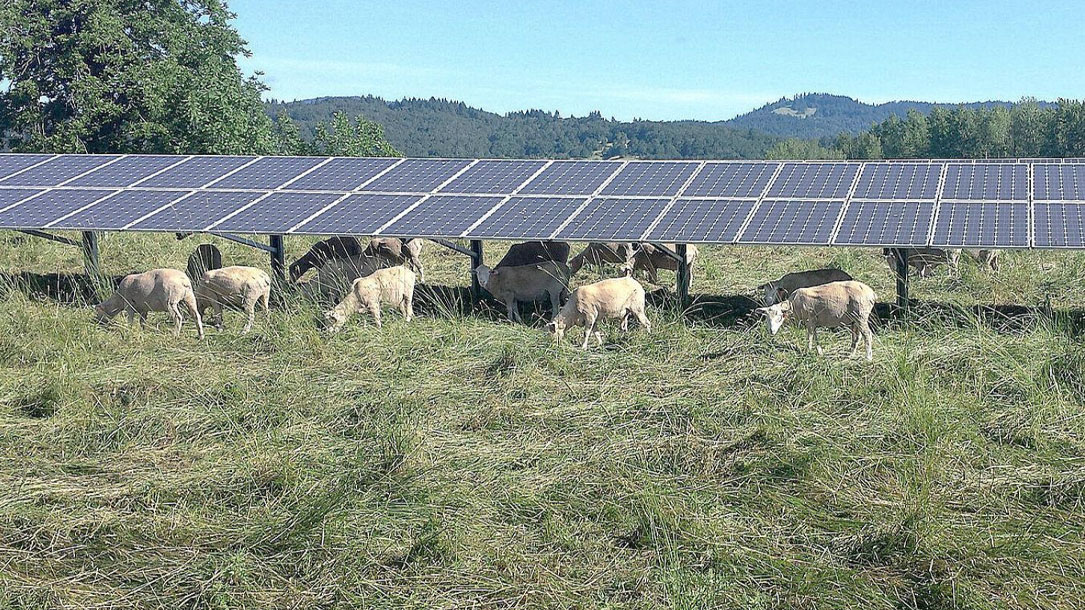
Study shows crops, forage may benefit from solar panel shade
An accidental discovery at Oregon State University may reveal how solar panels can help grow healthier crops on dryland farms.
Not only can solar power lower energy bills and increase efficiency, but the shade afforded by photovoltaic panels might also boost agricultural production on non-irrigated farmland, retaining more moisture for crops and livestock forage…
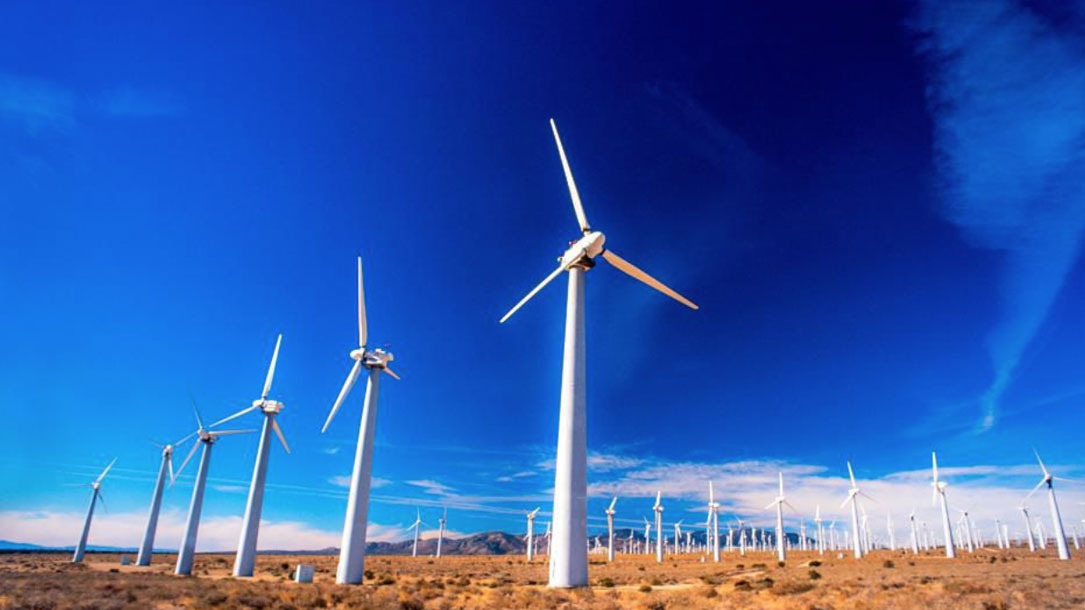
No, wind farms are not causing global warming
If you hear pushback about wind energy, whether it’s because of the impact on birds and bats, land fragmentation, or light and sound, it’s helpful to frame your response based upon facts and in the context of what havoc climate change will wreak if we don’t slow it down.
Research is documenting we are headed towards massive species die-off, including birds and bats, if we continue on our current track to an increase of three degrees Celsius.
One of the strategic actions your land trust can take is to help your community understand the need for renewables and how they are a necessary part of the conservation solution. A good place to start? Dispel this misconception…
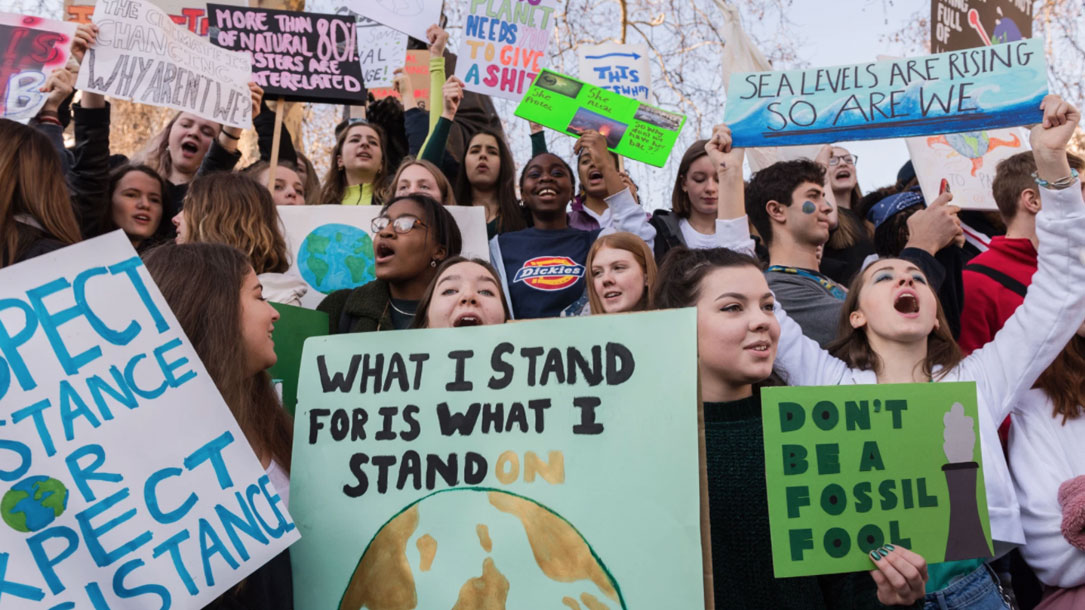
Where Americans (mostly) agree on climate change policies
“Americans are politically divided over climate change, but there’s broader consensus around some of the solutions.
New data from the Yale Program on Climate Change Communication — in partnership with Utah State University and the University of California, Santa Barbara — show how Americans across the country view climate and energy policies.
There is widespread support for renewable energy…”
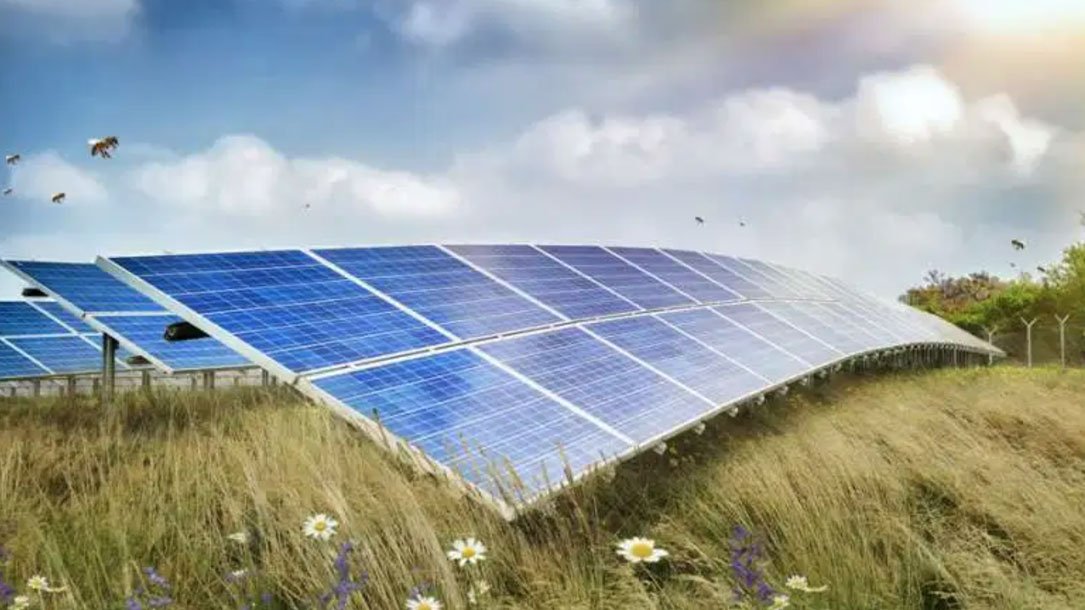
Research: Pollinator habitats could be saved by solar power plants
Researchers at the U.S Department of Energy’s (DOE) Argonne National Laboratory are studying solar energy facilities with pollinator habitats on site. Through this effort they hope to rehabilitate declining pollinator populations that play an important role in the agricultural industries. The loss of such species could result in devastating crop production, costs, and nutrition on a global scale.
Currently, pollinators are responsible for pollinating nearly 75% of all crops used for food. However, because of the increase in man-made environmental stressors, their population continues to steeply decline.
The research team has been working on examining the potential benefits of establishing species’ habitat at utility-scale solar energy facilities to resolve the problem.
They have found that the area around solar panels could provide an ideal location for the plants that attract pollinators…












